And that something could totally change one of the universe’s most fundamental frameworks.
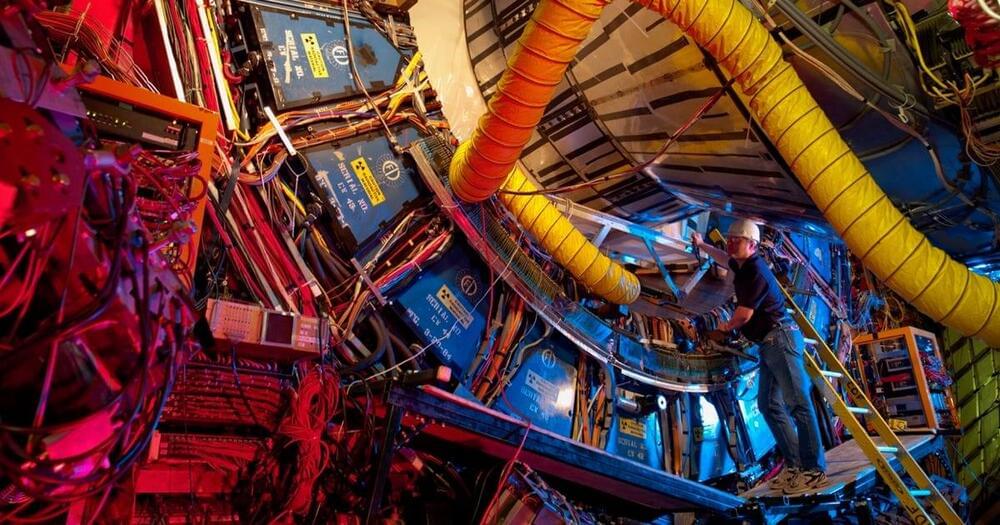

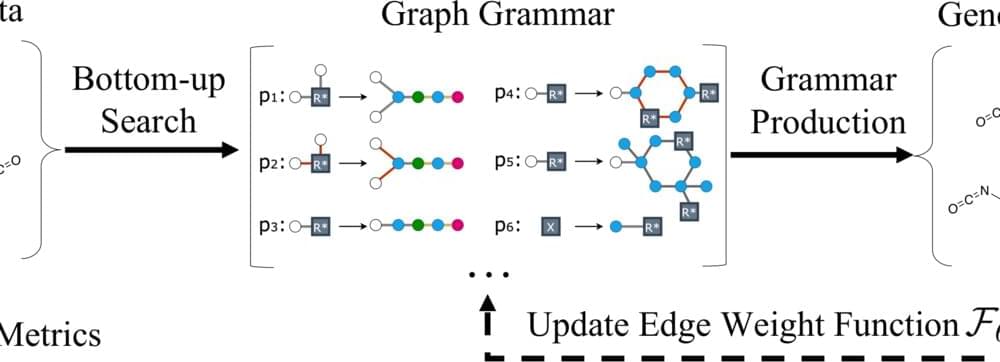
Chemical engineers and materials scientists are continuously looking for the following groundbreaking material, chemical, or medication. The emergence of machine-learning technologies has accelerated the discovery process, which may typically take years. Ideally, the objective is to train a machine-learning model on a few known chemical samples and then let it build as many manufacturable molecules of the same class with predictable physical attributes as feasible. You can develop new molecules with ideal characteristics if you have all of these components and the know-how to synthesize them.
However, current approaches need large datasets for training models. Many class-specific chemical databases only contain a few example compounds, restricting their capacity to generalize and construct biological molecules that might be generated in the real world.
This issue was addressed by a team of researchers from MIT and IBM by employing a generative graph model to create new synthesizable compounds within the same training data’s chemical class. The research was presented in a research paper. They model the production of atoms and chemical bonds as a graph and create a graph grammar — a linguistic analog of systems and structures for word ordering — that provides a set of rules for constructing compounds like monomers and polymers.

The discovery changes our understanding of everything. The world of physics may have been turned on its head.
“While this is an intriguing result, the measurement needs to be confirmed by another experiment before it can be interpreted fully,” said Fermilab Deputy Director Joe Lykken.
The W boson is a messenger particle of the weak nuclear force. It is responsible for the nuclear processes that make the sun shine and particles decay. Using high-energy particle collisions produced by the Tevatron collider at Fermilab, the CDF collaboration collected huge amounts of data containing W bosons from 1985 to 2011.
CDF physicist Chris Hays of the University of Oxford said, “The CDF measurement was performed over the course of many years, with the measured value hidden from the analyzers until the procedures were fully scrutinized. When we uncovered the value, it was a surprise.”
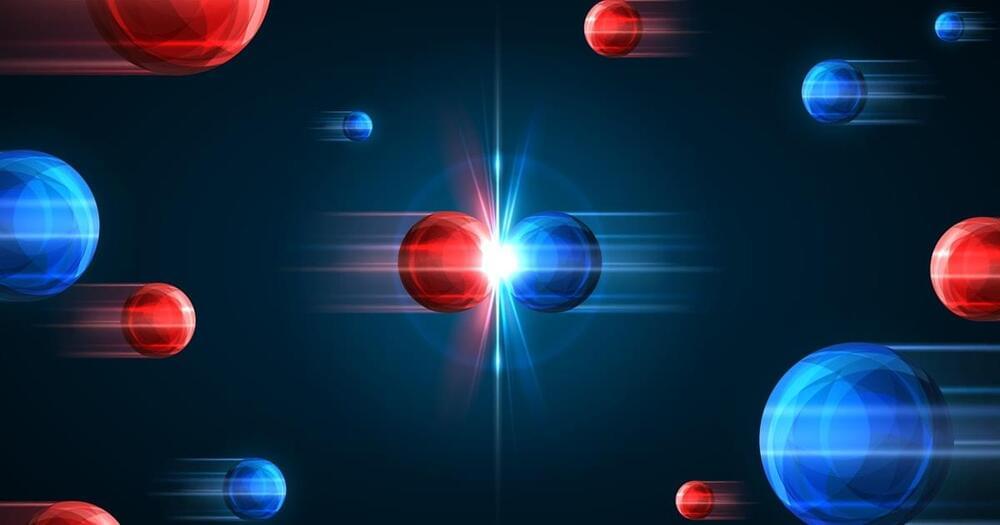
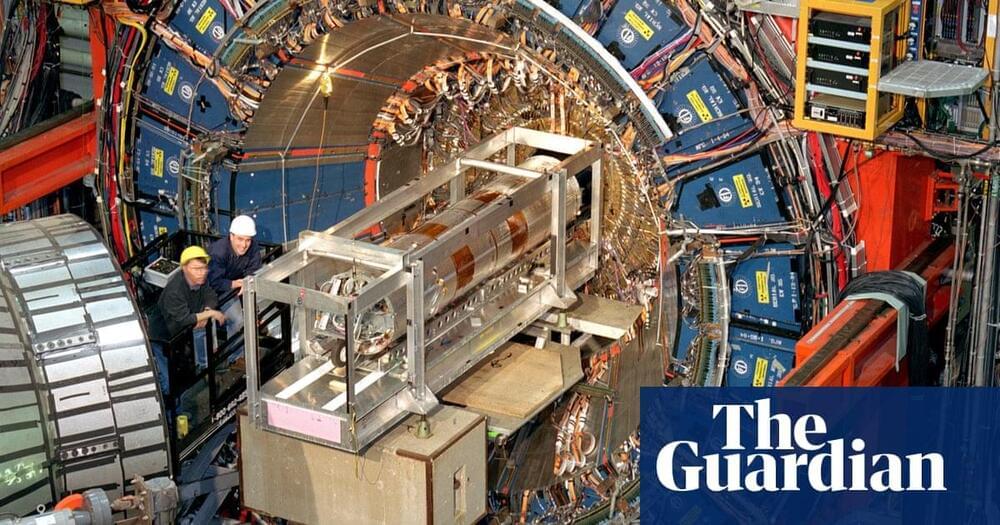
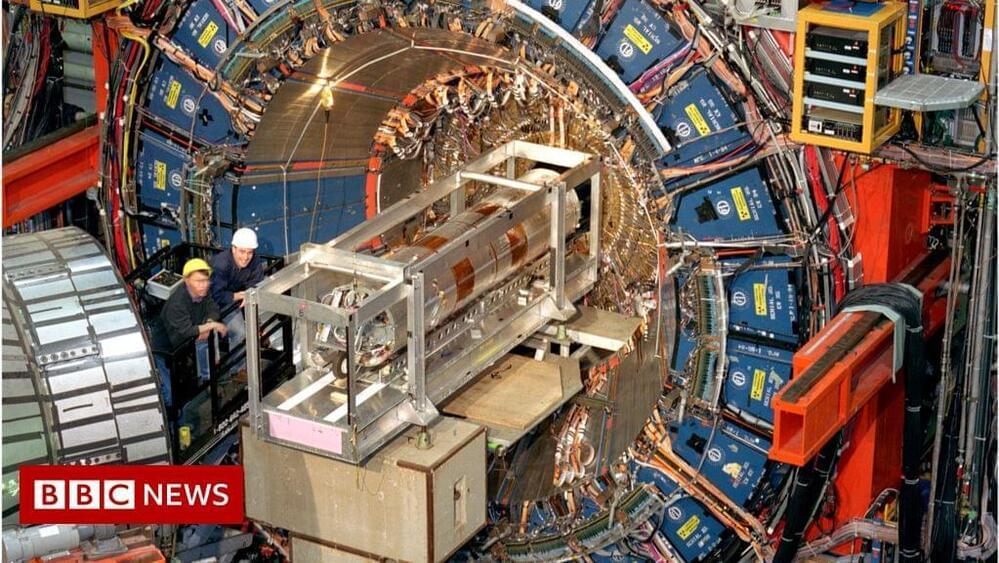
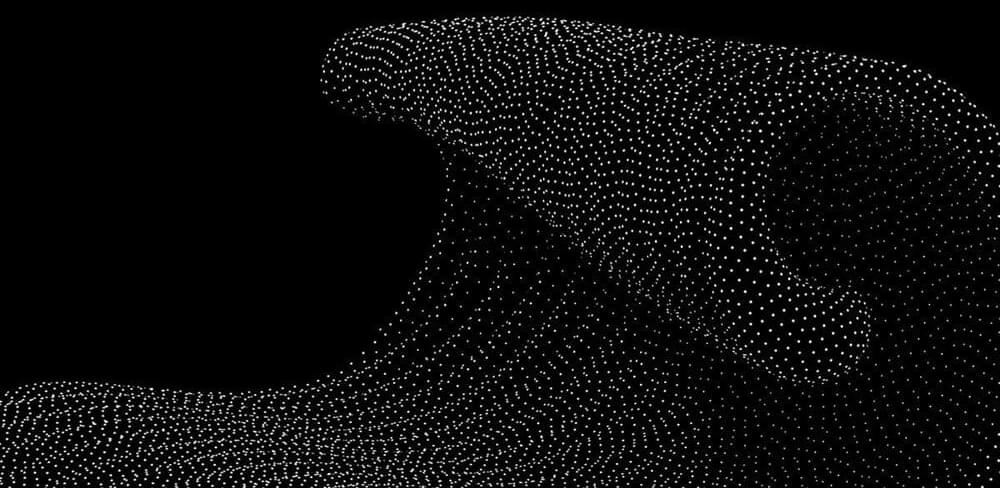
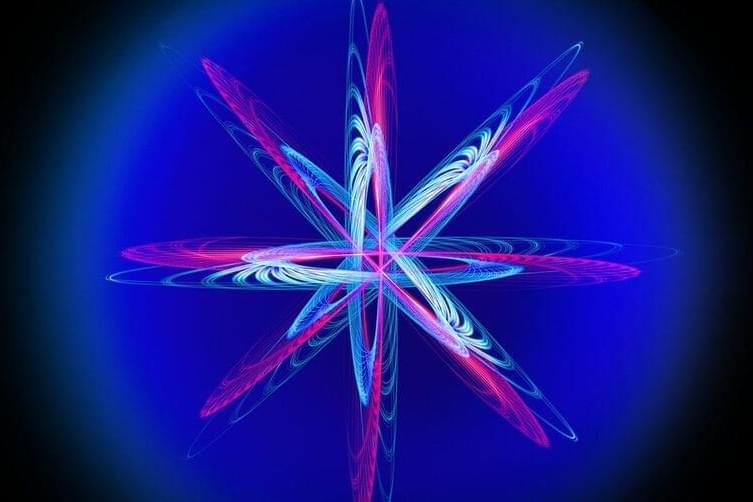
The W boson, one of the tiniest, most elementary particles in the known universe is causing a big ruckus in the field of particle physics.
New findings about the particle, which is fundamental to the formation of the universe, suggest its mass may be far heavier than predicted by the Standard Model of particle physics —the theoretical “rulebook” that helps us make sense of the building blocks of matter. If true, it could signal a monumental shift in our understanding of the universe.
According to the Standard Model, W bosons (together with another particle, called Z bosons) are responsible for the weak nuclear force, one of the four forces that hold together all observable matter in the universe. The other forces include gravitational force (for which there is currently no explanation in the Standard Model), electromagnetic force, and the strong nuclear force.
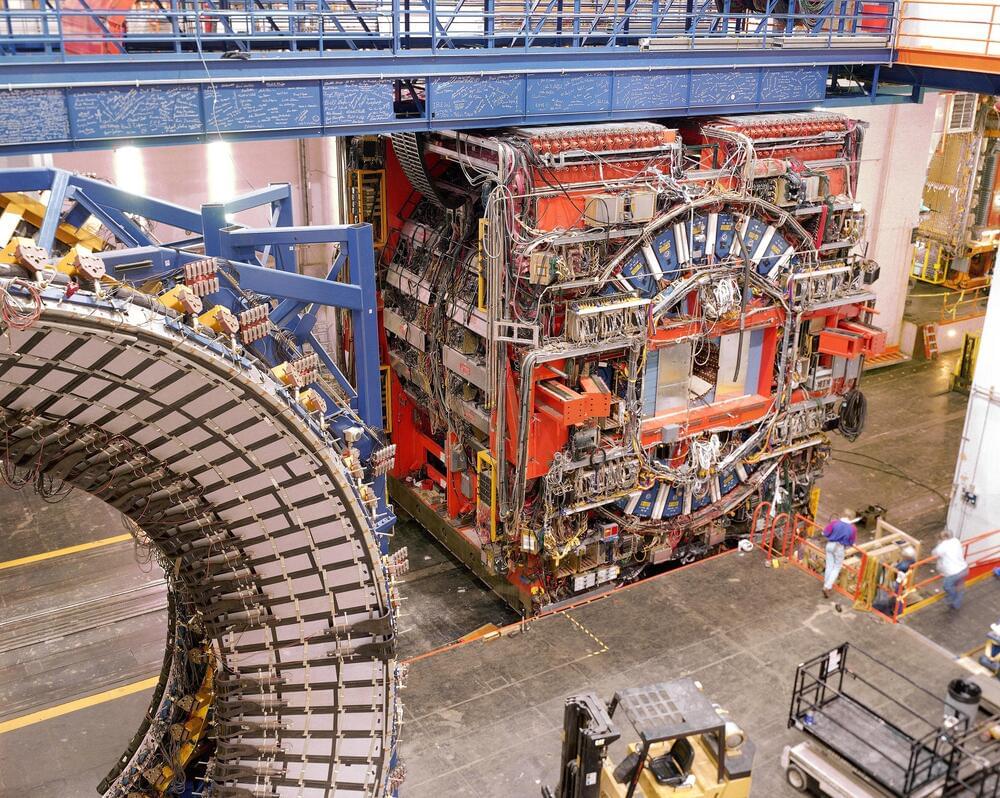
In particle physics, data long outlives the detectors that generate it. A decade ago the 4,100-metric-ton Collider Detector at Fermilab (CDF) reached the end of its life and was shut down, stripped of its parts for use in other experiments. Now a fresh analysis of old CDF data has unearthed a stunning discrepancy in the mass of an elementary particle, the W boson, that could point the way to new, as yet undiscovered particles and interactions.
The W boson is massive, some 80 times heavier than a proton. Crucially, the W boson is responsible for certain forms of radioactive decay, allowing neutrons to convert into protons. Because its mass is constrained by (and itself constrains) many other particles and parameters within the Standard Model—particle physicists’ theory of fundamental particles and how they behave—the W boson has become a target for researchers seeking to understand where and how their best theories fail.
Although physicists have long known the W boson’s approximate mass, they still do not know it exactly. Plugging data into the Standard Model framework, however, predicts that the so-called W mass should be 80,357 mega-electron-volts (MeV), plus or minus 6 MeV. (One MeV is about twice the mass-energy contained within a single electron.) But in a new analysis published on Thursday in Science, physicists on the CDF collaboration have instead found the W boson mass to be 80,433.5 ± 9.4 MeV. The new measurement, which is more precise than all previous measurements combined, is nearly 77 MeV higher than the Standard Model’s prediction. Although these numbers differ by only about one part in 1,000, the uncertainties for each are so minuscule that even this small divergence is of enormous statistical significance—it is exceedingly unlikely to be an illusion produced through sheer chance. The well-studied W boson, it seems, still holds plenty of secrets about the workings of the subatomic world—or at least about how we investigate it. Taken by surprise, particle physicists are only beginning to grapple with the implications.
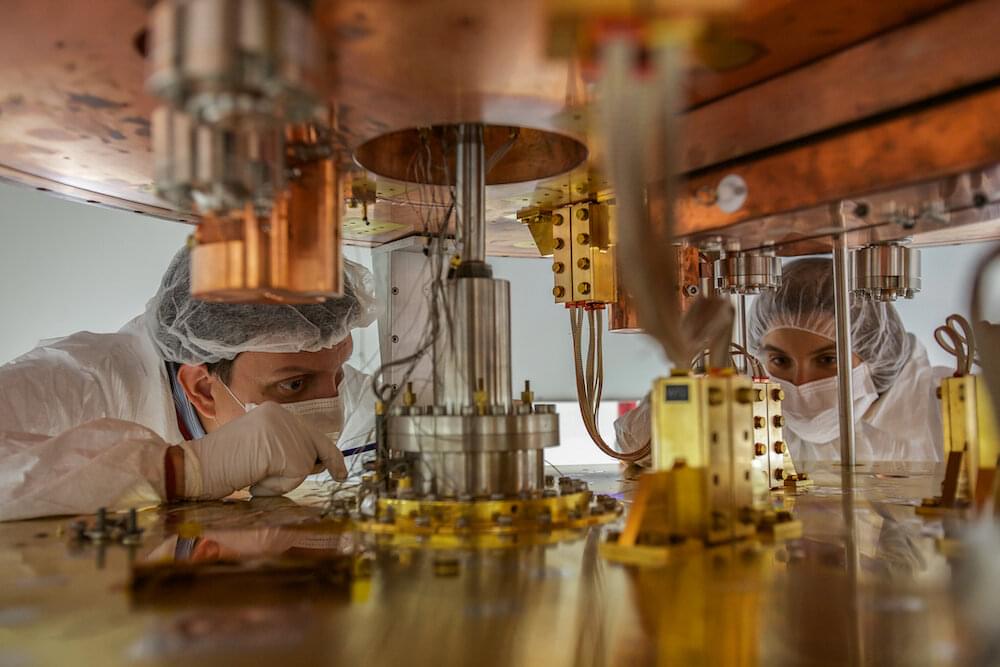
In a laboratory under a mountain, physicists are using crystals far colder than frozen air to study ghostly particles, hoping to learn secrets from the beginning of the universe. Researchers at the Cryogenic Underground Observatory for Rare Events (CUORE) announced this week that they had placed some of the most stringent limits yet on the strange possibility that the neutrino is its own antiparticle. Neutrinos are deeply unusual particles, so ethereal and so ubiquitous that they regularly pass through our bodies without us noticing. CUORE has spent the last three years patiently waiting to see evidence of a distinctive nuclear decay process, only possible if neutrinos and antineutrinos are the same particle. CUORE’s new data shows that this decay doesn’t happen for trillions of trillions of years, if it happens at all. CUORE’s limits on the behavior of these tiny phantoms are a crucial part of the search for the next breakthrough in particle and nuclear physics—and the search for our own origins.
“Ultimately, we are trying to understand matter creation,” said Carlo Bucci, researcher at the Laboratori Nazionali del Gran Sasso (LNGS) in Italy and the spokesperson for CUORE. “We’re looking for a process that violates a fundamental symmetry of nature,” added Roger Huang, a postdoctoral researcher at the Department of Energy’s Lawrence Berkeley National Laboratory (Berkeley Lab) and one of the lead authors of the new study.
CUORE—Italian for “heart”—is among the most sensitive neutrino experiments in the world. The new results from CUORE are based on a data set ten times larger than any other high-resolution search, collected over the last three years. CUORE is operated by an international research collaboration, led by the Istituto Nazionale di Fisica Nucleare (INFN) in Italy and Berkeley Lab in the US. The CUORE detector itself is located under nearly a mile of solid rock at LNGS, a facility of the INFN. U.S. Department of Energy-supported nuclear physicists play a leading scientific and technical role in this experiment. CUORE’s new results were published today in Nature.